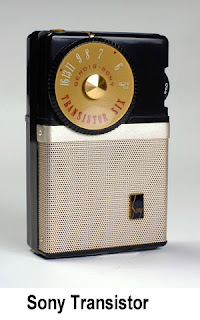Nehru Jackets
A Nehru
Jacket is a hip-length coat or jacket, mostly worn by men. It has a
Mandarin collar and a button placket resembling the typical Indian Achkan,
Sherwani or Bandhgala designs. This Nehru coat or jacket is
named after India’s first Prime Minister ‘Pandit Jawaharlal Nehru, who used to
wear a Western-style Achkan.
The Western-style
Nehru jacket is similar to a tailored suit jacket, but with a difference. The
collar and lapels are replaced by a front-button closure rising to a high,
round neckline surmounted by a narrow stand-up collar. The stand-up collar is
often cut with a slight curve to differentiate it from the Indian men's collar
from which it is derived. When popular in the late 1960s and early 1970s, the
Nehru jacket was paired with trousers and one of several choices for
shirts-turtleneck, mock turtleneck, or tunic. The design of the jacket made it
easy to wear bead or pendant necklaces which were also a mark of that period.
Popularization of Nehru Style
In 1962 China
attacked newly independent India. U.S. leaders courted Nehru and Pakistani
leaders as allies against the spread of communism. Nehru visited Presidents
Truman, Eisenhower, and Kennedy in 1949, 1956, and 1961, respectively.
Jacqueline Kennedy visited Nehru in 1962. As Americans watched the first lady's
dress, they also learned what Nehru wore.
Movie and TV
stars, such as Marlon Brando, Eddy Byrnes, and Sal Mineo appeared in T-shirts
and leather jackets. This style helped popularize “non-suit” dress for men.
Inspired by
advances in space travel, Pierre Cardin offered his Space Age line in 1964. The
most influential piece was his collarless, lapel-free suit jacket. It buttoned
all the way up the front ending in an unadorned round neckline that revealed
the collar of a dress shirt. Cardin's garment found favor with the Beatles and
other early 1960s British rock groups who wished to remain respectable through
suit dressing but wanted to cut an independent image. The use of non-traditional
fabrics like denim and velvet, or bright colors and prints cemented the styles.
A general narrowing of the entire men's suit-leg, torso, sleeve, lapel, and its
accompanying necktie-also occurred. Formal dressing in tunics à la Yves Saint
Laurent and others provided more non-traditional suit alternatives for formal
male attire.
The Beatles, India and Popular Culture
The Nehru
jacket appeared as one of these brief fads after George Harrison and the
Beatles went to India in 1966 to learn meditation and music. They brought into
fashion not only Ravi Shankar's sitar music and incense but also paisley
prints, bead necklaces (originally Indian meditation beads) for both men and
women,
The Nehru
jacket crossed the Atlantic and was briefly worn in the United States, too.
Several entertainers, including Johnny Carson and Sammy Davis, Jr., made it a
regular part of their wardrobe.
Though
considered a short-lived fad on both sides of the Atlantic, the Nehru jacket
has achieved classic status. Some tuxedo-rental agencies now routinely provide
Nehru jackets with matching suit trousers as one of their options for formal
attire. The humbler versions of these garments also continue in use in the
regions of rural India whence they originated.














